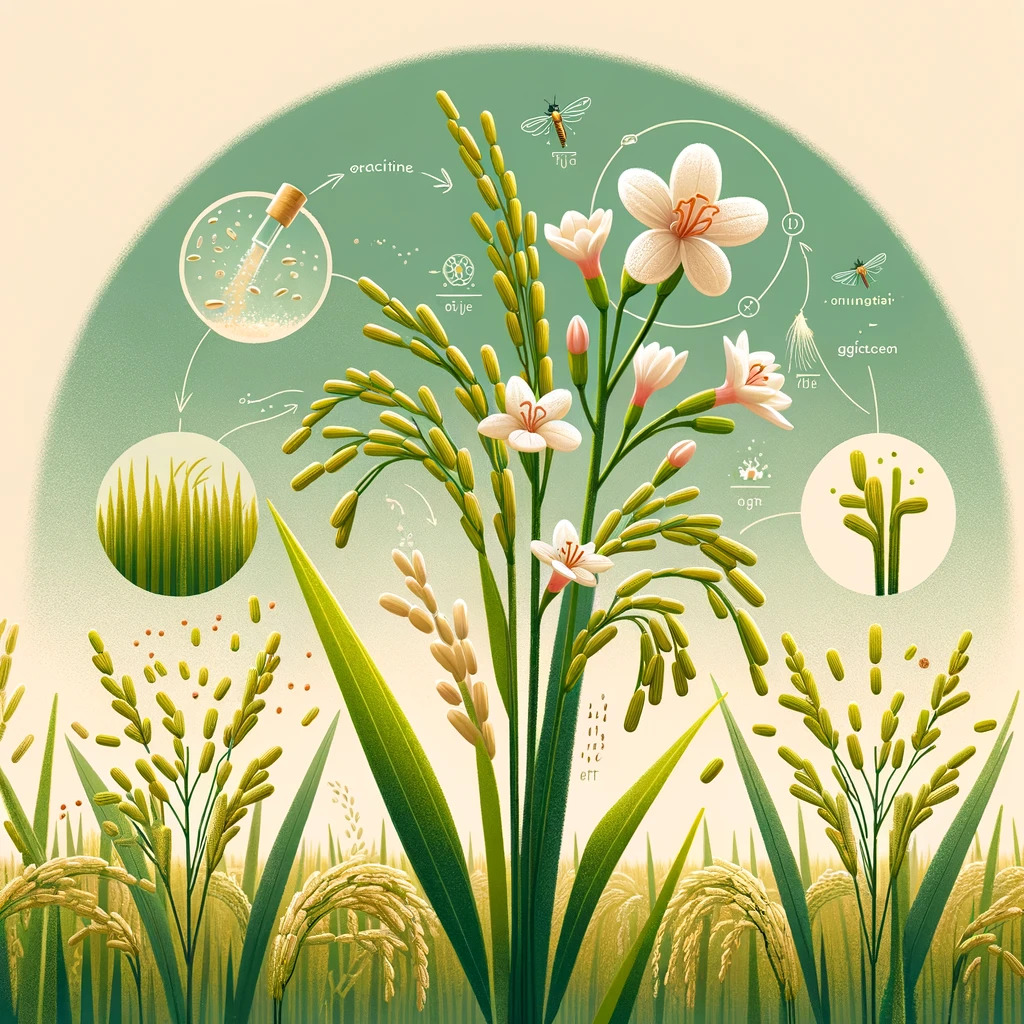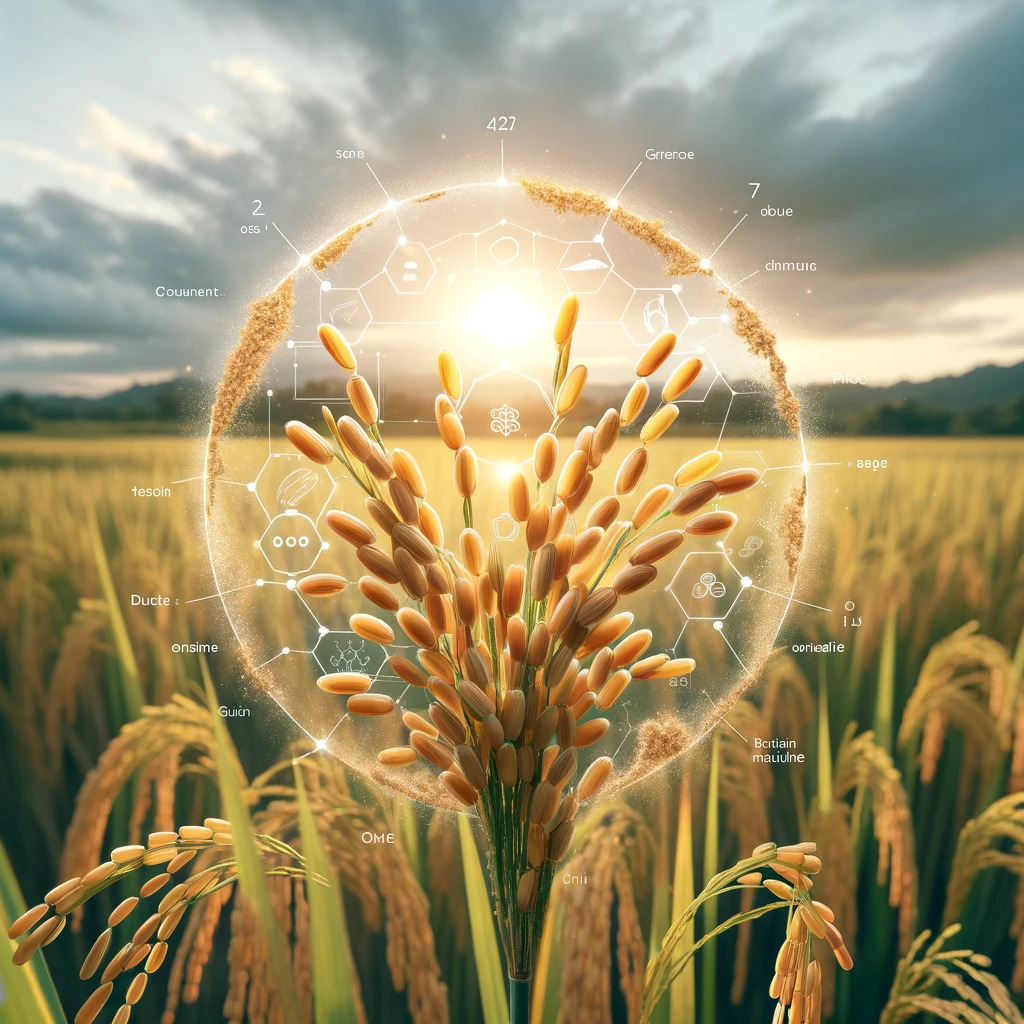
Rice, an essential crop in many regions of the Americas, has a specific and complex growth cycle. This article offers a comprehensive view of the phenological stages of rice, from planting to harvest, providing valuable information for its efficient management.
Phenological Stages of Rice
Germination and Emergence
The life of rice begins with the germination of the seed. This phase is crucial and requires adequate moisture and temperature conditions to ensure a good start.

Vegetative Development
After emergence, the plant enters a vegetative growth phase, developing leaves, stem, and roots. Proper management of water and nutrients is essential during this stage.

Tillering
During tillering, the plant produces additional stems. This stage is fundamental, as each stem has the potential to produce a panicle and therefore, grains.

Heading and Flowering
The start of reproductive development is marked with heading, followed by flowering. Pollination during this phase is key for grain formation.

Grain Filling and Maturation
This stage involves the development and maturation of the grains. Careful management is crucial to ensure optimal yield and good grain quality.
Harvest
The harvest is carried out when the grains have reached the appropriate maturity. The optimal timing of harvest is critical to maximize the quality and quantity of the collected rice.
Conclusion
Detailed knowledge of the phenological stages of rice is essential for its effective agronomic management. A deep understanding of each phase allows for the optimization of cultivation practices to achieve successful and sustainable rice production.
 AgronoBlog – Agriculture Blog
AgronoBlog – Agriculture Blog